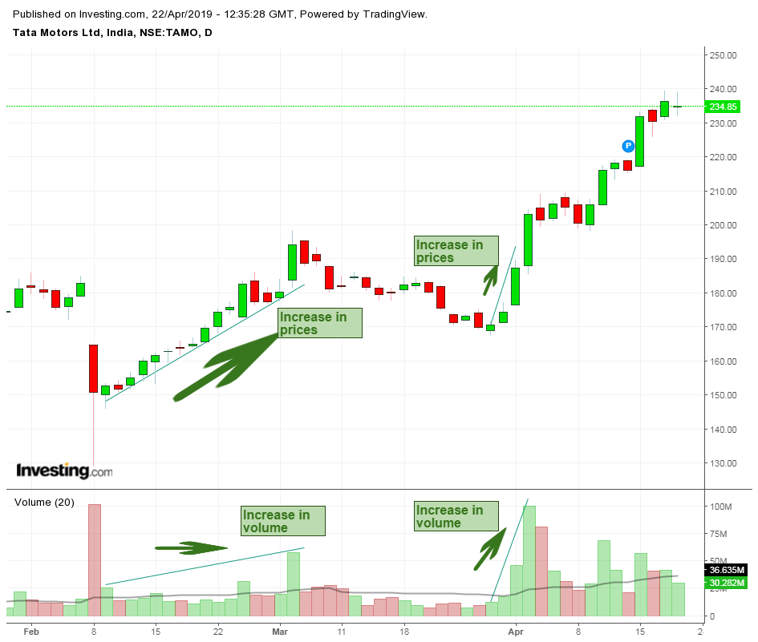
5 Principles of Dow Theory 🏙️ The Modern Study of Technical Analysis 📈
Strategy
September 2024
Dow Theory is one of the earliest and most well-known principles of technical analysis. While originally developed in the early 20th century, Dow Theory still provides a solid framework for studying market trends and price movements today. This article will outline the 6 main tenets of Dow Theory and how they are applied in technical analysis. 🧑
1. Markets Discount Everything
One of the core beliefs of Dow Theory is that a security's price reflects all relevant information about its intrinsic value. The market is assumed to be essentially rational and efficient in processing new information quickly. As a result, technical analysts believe analyzing historical price data can provide insights into future price behavior. 📈
2. Markets Move in Trends
Dow Theory asserts that markets trend in the primary direction of the predominant trend. Technical analysts seek to identify and trade with the prevailing trend rather than against it. This tenet emphasizes identifying and profiting from continuation patterns rather than countertrend moves against the main trend. 📈
3. Trends Have Three Phases
Trends are said to have three distinct phases according to Dow Theory - the accumulation phase, public participation phase, and dissipation phase. Technical analysts watch for signs that a trend is maturing and look to exit prior to a trend reversal. ⏳
4. Trends Continue Until Definitive Signs of Reversal
When a trend is in force, Dow Theory states it will remain intact until clear technical indications emerge that the trend has changed direction. Analysts, therefore, trail stop losses Move with prices and look for multiple technical confirmations of trend changes. ✅
5. Volume Must Confirm the Price Trends
Finally, Dow believed volume should accompany trend moves in the direction of the trend. Heavy volume on up days confirms uptrends, while heavy volume on down days confirms downtrends. Lighter volume against the trend may signal impending trend changes. 📈
Conclusion
While developed nearly a century ago based on stock market indexes, Dow Theory remains highly influential in technical analysis today. Its six tenets provide a simple yet robust framework for identifying and profiting from long-term price trends in the market. Understanding these core principles is crucial for any investor employing technical tools in their analysis and trading. 🧑💼
📮FAQ
Some Frequently Asked Questions.






See other articles
For many people, the traditional career path of working a 9 to 5 job seems like the practical and safe choice. However, there has been a rising trend of individuals leaving their day jobs to become full-time traders in the stock market. On the surface, trading may seem more volatile and risky than a steady salaried position. But in reality, becoming a trader can offer some unique benefits that make it a competitive career option compared to the 9-5.
Investing and trading share similarities but have distinct approaches and goals. Understanding their differences is crucial for financial success.
Forex trading is a massive global market. But why has it become so huge and influential? Here are 5 compelling reasons why forex trading is booming and will continue growing for years to come.




